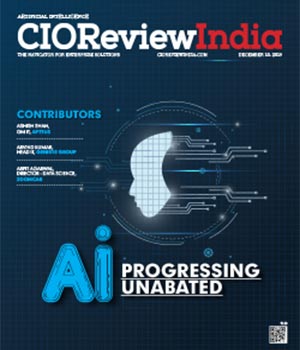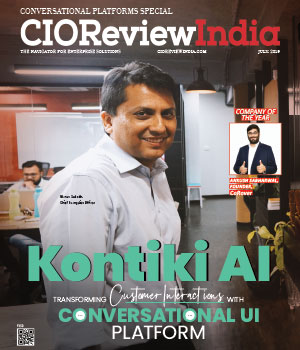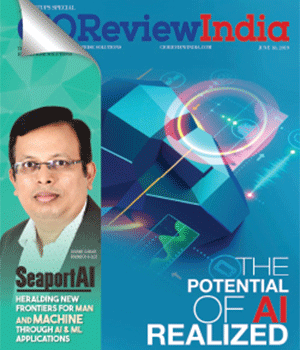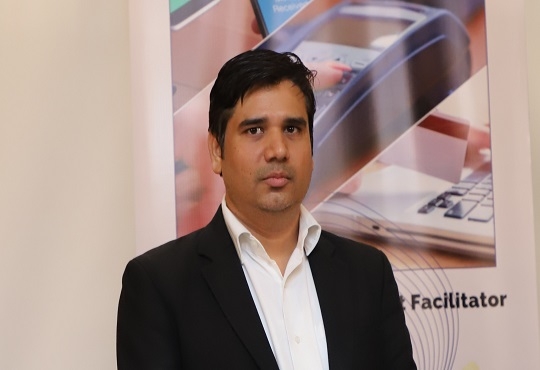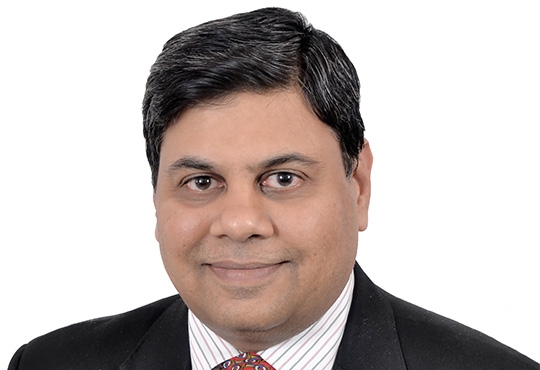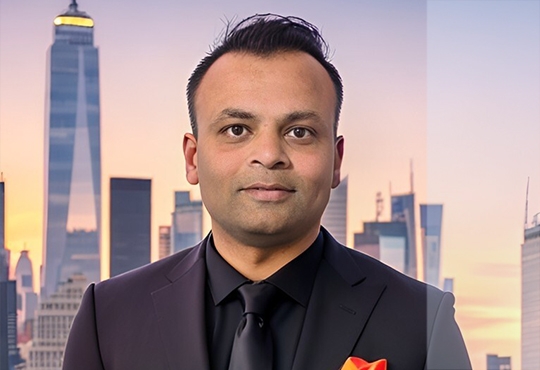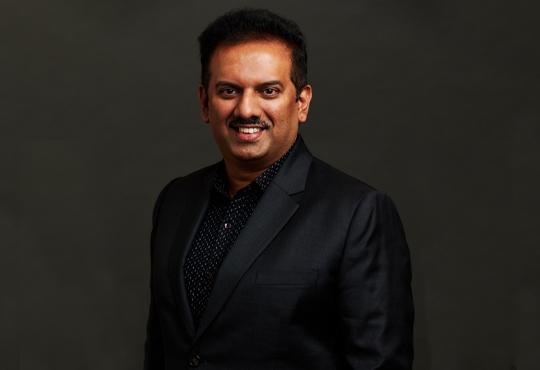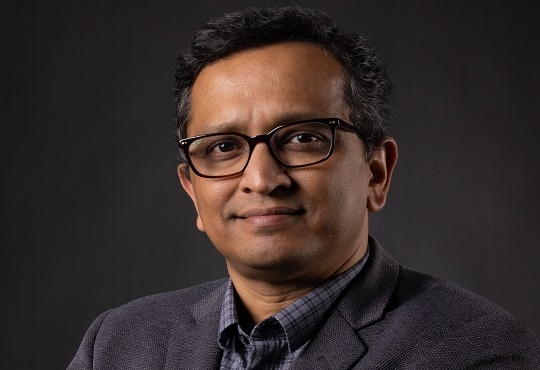
How Computer Vision is Transforming Manufacturing
Janifha Evangeline, Assistant Editor, CIOTechOutlook | Sunday, 24 December 2023, 09:21 IST

The contributions of computer vision technology to the manufacturing industry are unremarkable since having a human look at processes can facilitate with qualitative interpretations. However, when it is about the qualitative tasks, computer vision is unrivalled in when it comes to speed, accuracy & ability.
High-resolution cameras, optics combined with the incorporation of artificial intelligence are some of the most important building blocks of a Computer Vision system, this renders several benefits to industrial factories.
“AI stemmed from a core and foundational dream many years ago – the thinking machines. Since inception, it proliferated into multiple subfields such as robotics, computer vision, natural language processing and speech recognition to name a few,” says Murale Narayanan, Sr.Director, Dell Technologies.
In manufacturing efficiency and precision are paramount. To achieve these critical goals of AI-powered manufacturing, the industry has also embraced some key techniques of computer vision in manufacturing. These include
Productivity
Consumerization of high-quality products is increasing, and the manufacturing industry aims to satisfy these requirements with the same needs for precision as well as consistency. Automation of production lines removes the human error by assigning repetitive tasks of numerous difficulties to robots.
Computer vision systems combine human sight along with intelligence together with the computer’s processing power in order to obtain higher efficiency, consistency & productivity. A collaborative approach towards automation appeared to be highly productive.
Tesla is one such example of a highly automated manufacturing unit. In this manufacturing unit both humans & machines work together. In complex environments, like smart factories, high adaptivity is crucial to either act in unforeseen circumstances or even in situations with high input variability. Since humans have adaptive intelligence, automation cannot completely replace them. Therefore, Tesla has re-designed its manufacturing processes in order to be highly collaborative. But, it is crucial for comparing the results of computer vision systems with human equivalent in order to determine the most efficient solution.
ISRA Vision renders 3D imaging & inspection solutions to several industries that include manufacturing. These solutions help in ensuring quality control, defect detection as well as process automation.
Safety
Computer vision helps the object tracker in videos & detects them in an image, therefore, allowing businesses to improve their security to a greater extent. Visual data from security cameras can be used to combine with other data types that include data from either motion or IR sensors.
These can later let the AI system to detect as well as track suspicious items or even people moving within a particular monitored location. Not just that, it can also send relevant alerts automatically to the concerned authorities. Furthermore, processing video streams, pattern recognition algorithms, or even AI image recognition can flag violations of adequate dress codes for dangerous production.
Protex AI, an Irish company, helps clients in enhancing safety in manufacturing facilities by implementing computer vision through existing CCTV infrastructure. The platform for rule enforcement permits users to build custom safety rules & employ object detection & tracking.
“Computer vision enhances worker safety and security in connected facilities by continuously identifying potential risks and threats to employees faster and more efficiently than via human oversight,” says Yashar Behzadi, CEO and founder of Synthesis AI.
“For computer vision to achieve this accurately and reliably, the machine learning models are trained on massive amounts of data, and in these particular use cases, the unstructured data often comes to the ML engineer raw and unlabeled, he adds.”
Predictive maintenance
Equipment downtimes are highly crucial because these can be expensive resulting in substantial losses. This is where Computer vision technology comes into the picture. The technology accurately monitors production machinery for the early signs of degradation, consistently. These systems can be highly accurate as it is reinforced with IoT & deep learning. Hence, these systems can alarm engineers for maintenance before it is too late.
Instrumental based in Palo Alto, CA, mainly focuses on electronics manufacturing sector by implementing both computer vision & predictive analytics for real-time monitoring as well as defect detection that caters to low & high-volume production.
Top companies such as Royal Dutch Shell, Exxon Mobill and Chevron use AI predictive maintenance to watch their equipment for malfunctions.
“We see computer vision and AI combined for visual inspection, such as in automotive to check glue tracks,” says Jens Beck, partner of data management and innovation at Syntax.
“The business value for the customer is not only the option to increase its overall equipment effectiveness (OEE) by automating manual steps but to document the check, and then integrate computer vision into their manufacturing execution system (MES) and then finally, enterprise resource planning (ERP),” he adds.
In short, the impact of computer vision in the manufacturing industry is undeniable. Furthermore, it streamlines processes, improves quality & predicts maintenance requirements. Yet it is crucial not to forget that humans still get creativity as well as adaptability to the table. Therefore, balancing automation & human expertise will be the one of the keys to a bright future in manufacturing.
CIO Viewpoint
Harnessing the Power of AI and ML for Business...
By Vinod Subramanyam, Managing Director, Brillio
The Key to Achieving Real-time AI: Optimizing...
By Mukundha Madhavan, APAC Tech lead, Datastax
Smart Payment Solutions: The Role of AI and IoT...
By Manoj Varma, Head - Payments, Lyra Network, India
CXO Insights
Data Virtualisation: Optimising Access and...
By Puneet Gupta, Vice President and Managing Director, NetApp India/SAARC
Navigating the Ethical Frontier: Transforming...
By Varun Shah, Software Development Manager, Amazon Services LLC
AI and Sustainability Forge the Future of Tech...


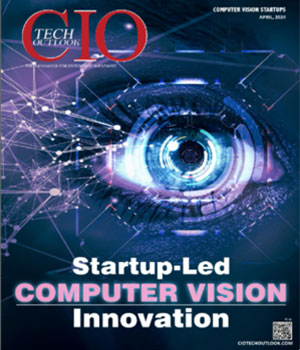
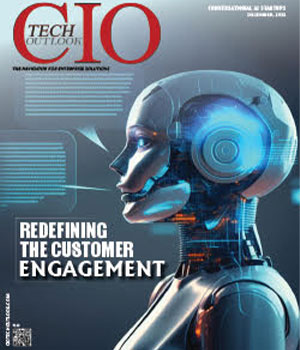
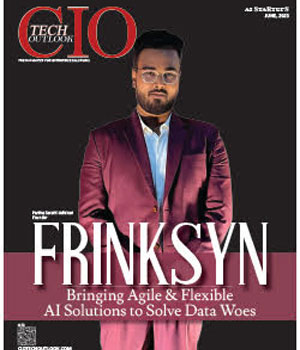
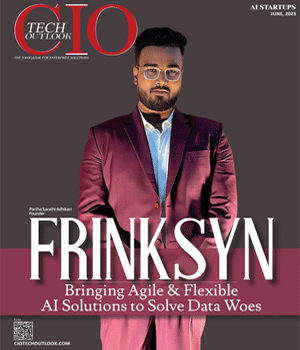
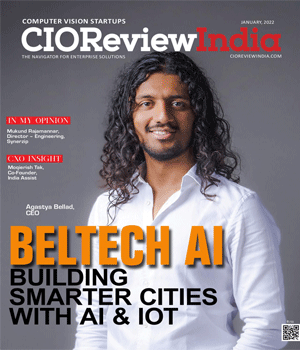
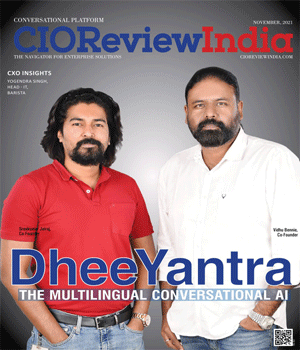
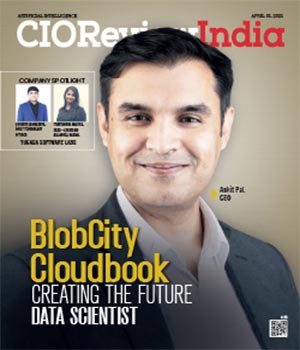
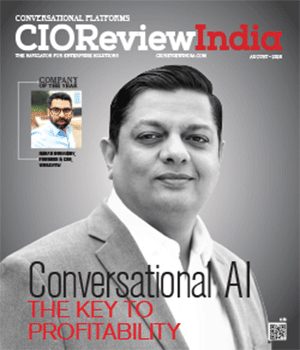
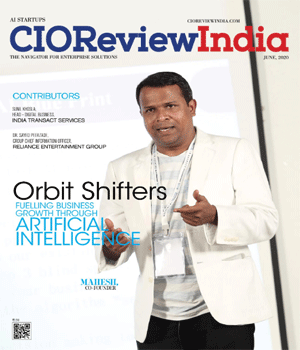
.jpg)
.jpg)
.jpg)
